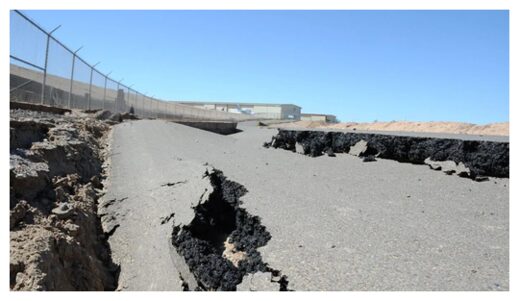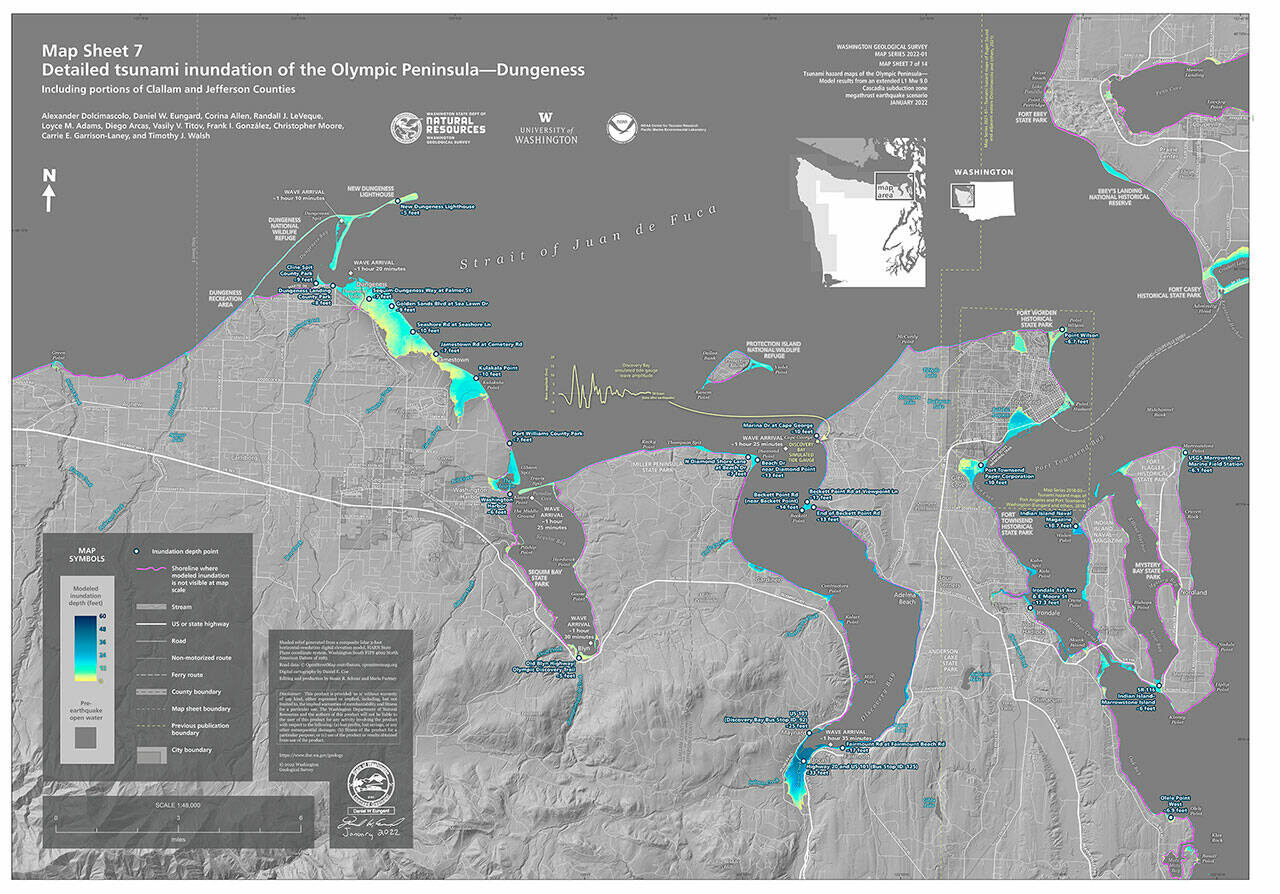OF THE
TIMES
At least 10 dead in Indonesia earthquake as search continues
Search efforts were continuing on Sunday in the hardest-hit areas of Indonesia's Sumatra island after a strong earthquake killed 10 people, injured nearly 400 others and left thousands displaced, a disaster official said.
Rescuers retrieved two more bodies late on Saturday from the rubble of homes toppled by the magnitude 6.2 earthquake that shook West Sumatra province on Friday morning, said National Disaster Mitigation Agency spokesman Abdul Muhari.
Six people died in Pasaman district and four in neighboyring West Pasaman district, he said.
Rescuers were still searching for four villagers believed to be buried under tons of mud that tumbled down from the surrounding hills triggered by the quake.
At least 388 people were injured by the earthquake, whose tremors were felt as far away as Malaysia and Singapore, and about 42 people were still receiving treatment for serious injuries, Mr Muhari said.
More than 13,000 people fled their homes to temporary shelters, mostly in devastated areas of Pasaman and West Pasaman districts, the closest areas to the epicentre as more than 1,400 houses and buildings were damaged, he said in a statement.
Indonesia, a vast archipelago of 270 million people, is frequently struck by earthquakes, volcanic eruptions and tsunamis because of its location on the Ring of Fire, an arc of volcanoes and fault lines across the Pacific.
The last major earthquake was in January 2021 when a magnitude 6.2 quake killed at least 105 people and injured nearly 6,500. More than 92,000 people were displaced after it struck Mamuju and Majene districts in West Sulawesi province.
A powerful Indian Ocean quake and tsunami in 2004 killed nearly 230,000 people in a dozen countries, most of them in Indonesia.


Comment: This significant quake struck within 5 minutes of another major one off West Sumatra, Indonesia.